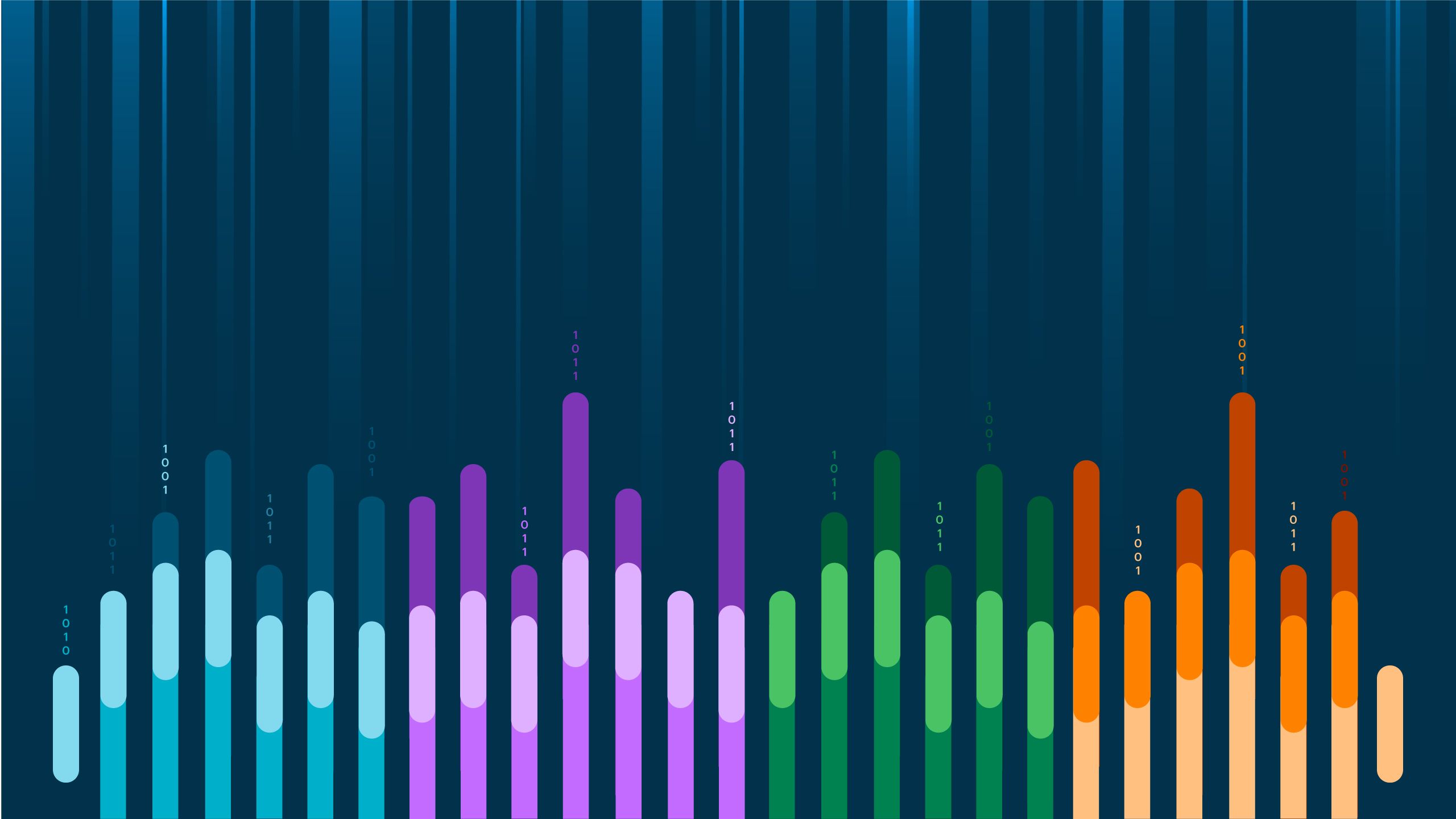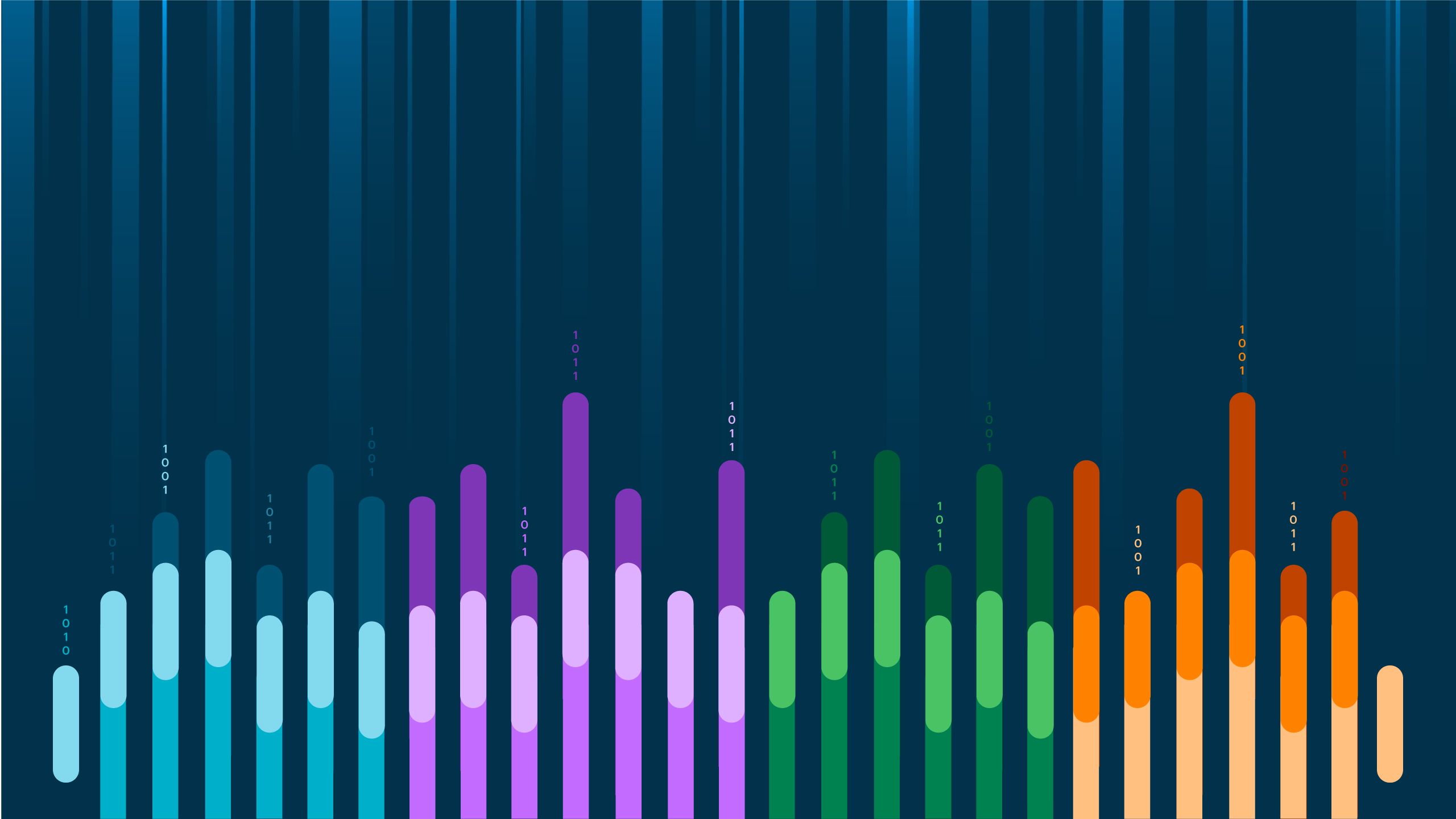Executive summary

Null results—research findings that do not support a tested hypothesis—are a vital yet underrepresented part of the scientific record. Despite their potential to reduce research waste, improve transparency, and inspire new lines of inquiry, they remain significantly underreported in scholarly literature. To gain deeper insights into current attitudes and behaviours amongst the researcher community, Springer Nature conducted one of the largest global surveys of its kind to date. This white paper presents findings from over 11,000 researchers across 166 countries and all major disciplines.
Key findings
- Null results are prevalent and valued: Over half (53%) of researchers have generated null results, and an overwhelming majority (98%) recognise their value (n=11,069).
- Publishing null results yields tangible benefits: The top three benefits experienced by those who have published null results in a journal (n=1,228) included:
Inspiring a new hypothesis or methodology in relation to the research topic (39%)
Helping identify issues with the methodology (29%)
Preventing the duplication of unnecessary research (28%)
- There is a gap between intent and action: Whilst 85% believe that sharing null results is important (n=11,069), only 68% of those who have generated null results have shared them in some form, with less than a third (30%) having submitted them to a journal (n=7,057).
- Perceived barriers to publishing null results concern potential authors: Researchers cite several challenges, including concerns about negative bias leading to reputational harm, a lack of clarity on where to publish, a low likelihood of journal acceptance, and a lack of support. Only 15% are aware of journals that actively encourage null result submissions (n=11,069).
- Experiences of publishing null results were mostly positive, but risks remain: Amongst those who had published null results in journals (n=1,228), 72% reported positive outcomes, including methodological improvements and new collaborations. However, 20% experienced negative consequences, such as damage to career prospects.
- Support and incentives are limited, but seem impactful: More than half (55%, n=11,069) of researchers are unaware of institutional or funder support to share null results, and current research assessment systems rarely reward the publication of null results. However, where researchers are aware of support, there are higher rates of sharing, indicating a correlation between the two.
Recommendations
To close the gap between intention and action, there are some key areas that we as an academic community can address:
- Increase visibility and support: Journals, institutions, and funders should clearly communicate policies and provide resources for publishing null results
- Promote cultural change: Educational campaigns and success stories can normalise the sharing of null results, reduce stigma, and showcase the benefits of publishing
- Reform research assessment: Broaden evaluation criteria so that all rigorous research, regardless of outcome, is recognised in research assessment



Introduction
Null results, also known as ‘negative results’ or ‘inconclusive results’, are outcomes that do not confirm the hypothesis of a research project. Sharing null results is essential for robust science and can:
- Inform other researchers that the original line of research did not support the hypothesis
- Prevent the duplication of unnecessary research, saving time and funding
- Inspire new hypotheses or methodologies in relation to the research topic
- Increase transparency and reproducibility in research1
- Accelerate the advancement of scientific discoveries
Yet the value of sharing null results is often not fully understood. The issue of research waste is significant. A study prepared for the European Commission estimated in 2018 that up to €26 billion in Europe alone has been wasted due to duplicated work stemming from a lack of awareness, or access to, existing research data or null results.2 Another study showed that the National Institutes of Health is costing US taxpayers over $100 million per year due to research waste through unreported trials.3,4
Whilst publishing null results in peer-reviewed journals is considered the gold standard, compared with sharing null results directly with other researchers or at conferences, the proportion being published is in decline.5,6 Previous small-scale surveys on this topic have explored barriers to sharing null results. One of the major barriers identified was due to the limitations of traditional research assessment. Where metrics such as citations and the Journal Impact Factor form the basis of evaluations, there is limited positive recognition for publishing and citing null results which attract fewer citations. By including other types of metrics in assessment, outputs would be recognised.7
There also continues to be a stigma attached to reporting null results, despite it being a common outcome and part of the research process. Other challenges include not knowing where to publish null results, and a lack of time or motivation to do so.8
To better understand researchers’ perceptions and attitudes to null results, their behaviours and experiences in sharing them, and the challenges they face in publishing them, we surveyed 11,069 researchers in 2024. This white paper presents the findings from that survey, one of the largest of its kind, with responses from 166 countries across disciplines, regions and levels of researcher seniority. By exploring these topics, we aim to share evidence-based recommendations that can help us, as an academic community, better address and support the value of null results.
Terminology
As there are different ways to describe an outcome that does not confirm the desired hypothesis, we used ‘null results’ as the singular term throughout the survey, avoiding potential negative connotations of the term ‘negative results’,9 and the definition was shared upfront in the survey (see Appendix A.1).
References
(Links open in a new window)
1 Baker, M. (2016). 1,500 scientists lift the lid on reproducibility. Nature 533, 452–454. https://doi.org/10.1038/533452a
2 European Commission. (2018). Cost of not having FAIR research data: Cost-benefit analysis for FAIR research data (p. 26). https://doi.org/10.2777/02999
3 Bruckner, T. (2023). NIH waste far over $100 million in medical research funding every year – new study. https://www.transparimed.org/single-post/nih-research-waste.
4 Rees, C. A., Narang, C., Westbrook, A., & Bourgeois, F. T. (2023). Dissemination of the results of pediatric clinical trials funded by the US National Institutes of Health. JAMA, 329(7), 590–592. https://doi.org/10.1001/jama.2022.24025
5 Bespalov, A., Steckler, T., & Skolnick, P. (2019). Be positive about negatives – recommendations for the publication of negative (or null) results, European Neuropsychopharmacology, 29 (12), 1312–1320. https://www.sciencedirect.com/science/article/pii/S0924977X19317195
6 Brazil, R. (2024). Illuminating ‘the ugly side of science’: fresh incentives for reporting negative results. Nature. https://www.nature.com/articles/d41586-024-01389-7
7 Echevarría, L., Malerba, A., & Arechavala-Gomeza, V. (2021). Researcher's perceptions on publishing “negative” results and open access. Nucleic Acid Therapeutics, 31(3), 185–189. https://doi.org/10.1089/nat.2020.0865
8 Herbet, M.E., Leonard, J., Grazia Santangelo, M., & Albaret, L. (2022). Dissimulate or disseminate? A survey on the fate of negative results. Learned Publishing, 35(1), 16-29. https://doi.org/10.1002/leap.1438
9 Herbet, M.E., Leonard, J., Grazia Santangelo, M., & Albaret, L. (2022). Dissimulate or disseminate? A survey on the fate of negative results. Learned Publishing, 35(1), 16-29. https://doi.org/10.1002/leap.1438